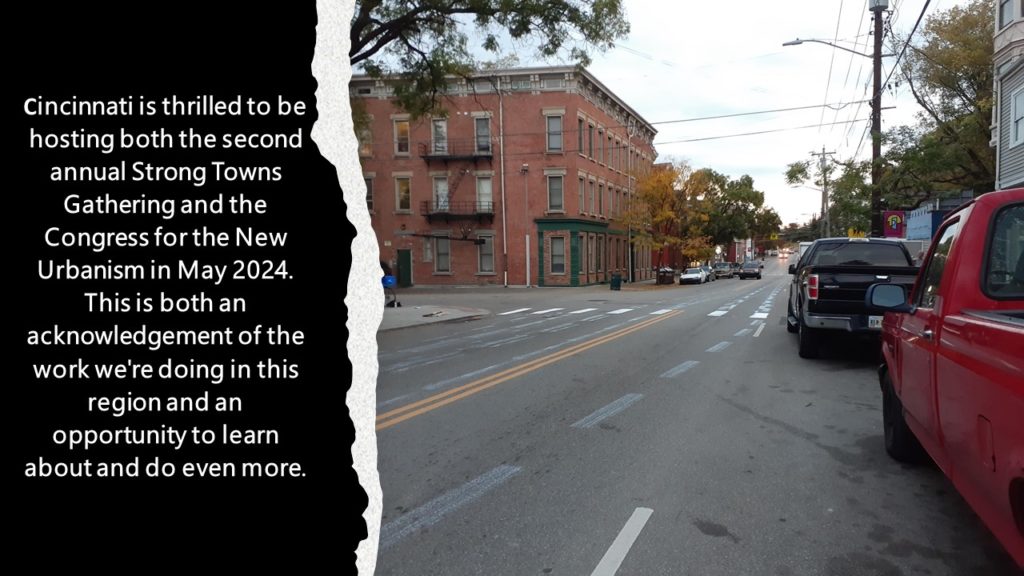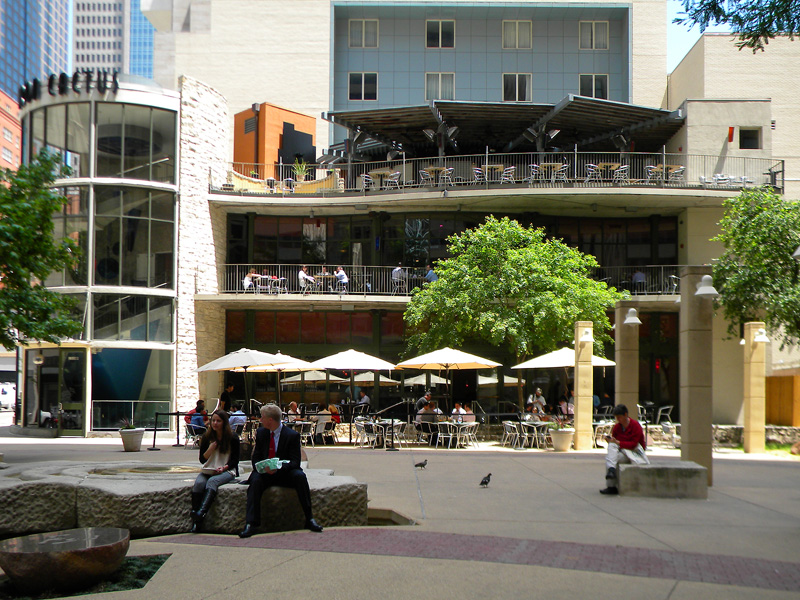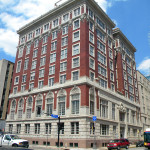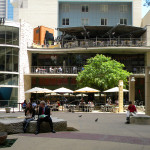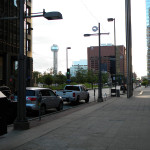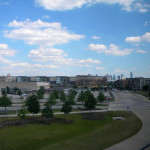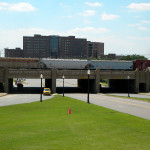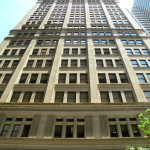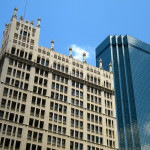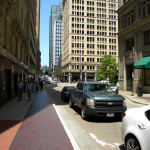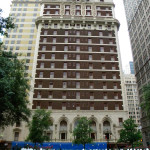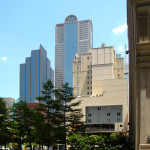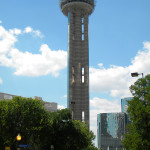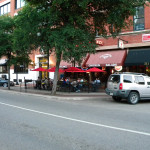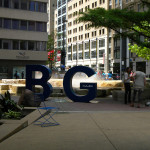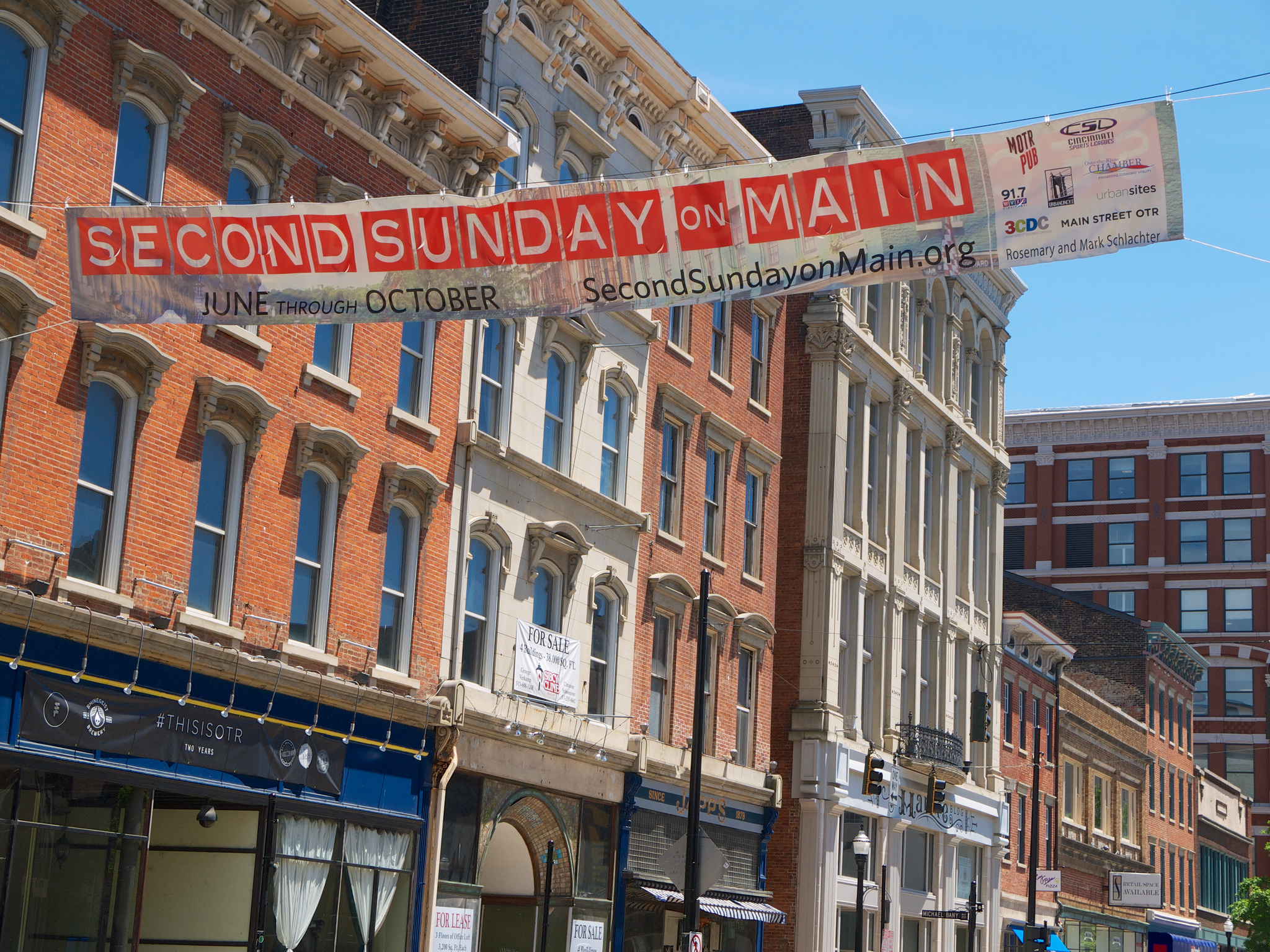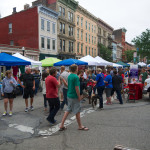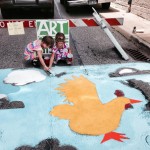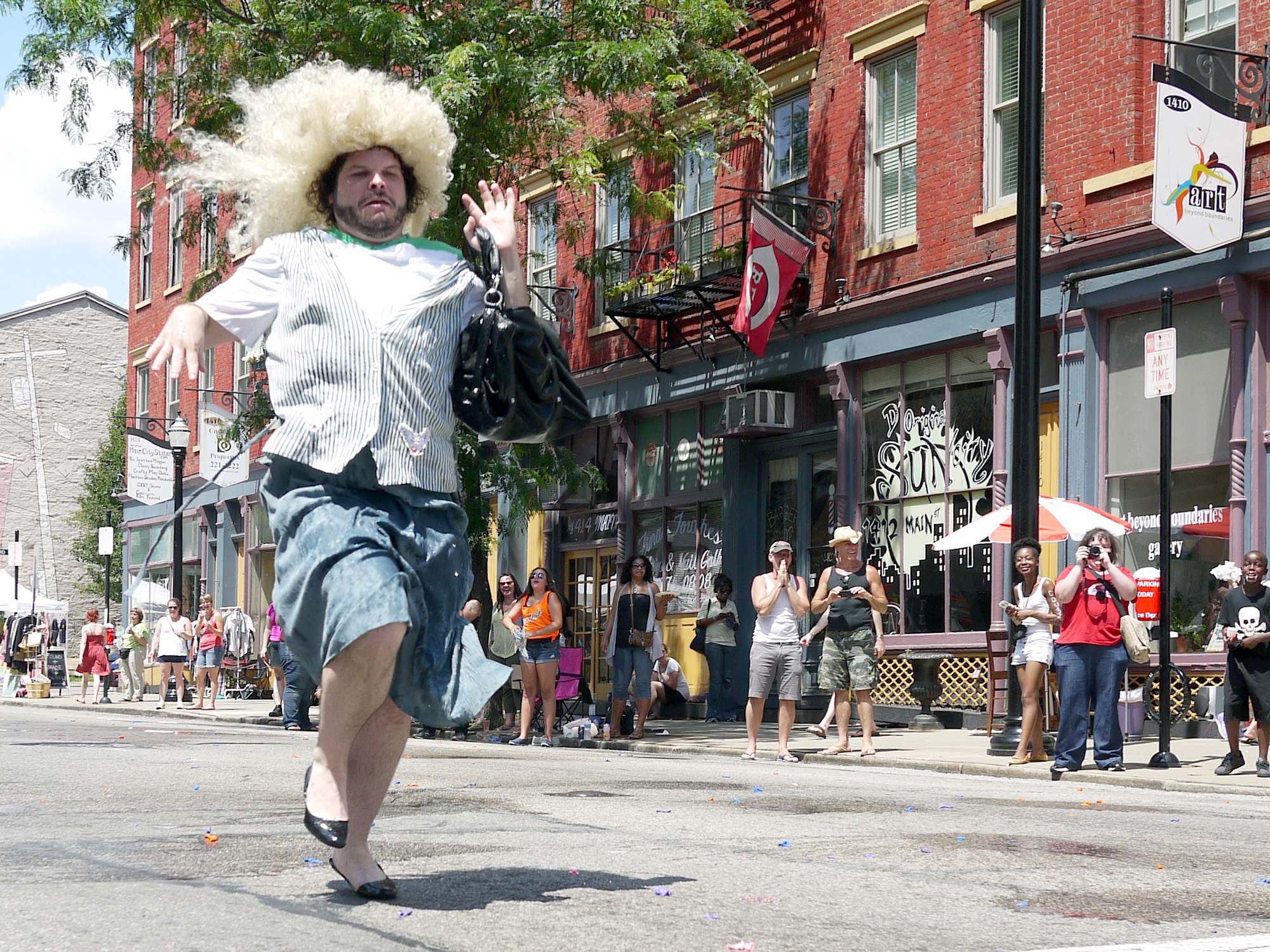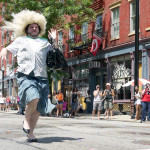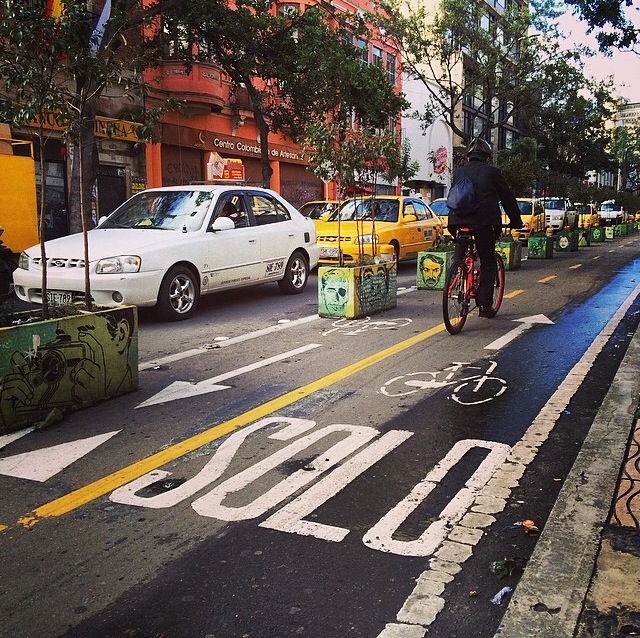
Barbara Didrichsen, January 3, 2024
It’s the same nightmare every city neighborhood fears: a young child ends up in intensive care after being hit by a car. The media shows up to cover the community’s anguish, advocacy groups and city officials hold meetings, and – sometimes – announce long-term fixes.
That’s what happened in Lower Price Hill, a Cincinnati neighborhood sandwiched between three urban highways. Click on this link and you’ll see that State Street is a major connector between three urban highways that surround the community.

The child was hit by a car turning off busy State Street onto the street housing the community’s only public school, Oyler Community Center. Oyler not only serves the community’s K-12 students; it also offers wraparound community services and outreach to the surrounding community.
Our Local Strong Towns group, Civic Cincinnati, chose the intersection of State Street and Hatmaker for our first tactical urbanism intervention to draw attention to the dangerous conditions for people living, walking and biking in this community, most especially its children.
On a warm evening in late October 2023, a group of us showed up with a bucket of paint, a couple of rollers and makeshift stencils. This is one of countless areas around Cincinnati where curb cuts and ADA ramps were installed for crosswalks that never got built. So — technically a crosswalk.
Given Cincy drivers’ penchant for not stopping even at marked crosswalks, the goal was to give this unmarked crosswalk more visibility. Residents who gathered around to watch us seemed to appreciate the effort. Passersby in cars, on foot and on bikes stopped to ask what we were doing and chat about the problems speeding cars pose to the community.

Traffic was heavy and fast in this very vibrant neighborhood during the 6 PM hour. In addition to a Red Bike kiosk and Outerspace, a community gathering space for neighbors of all ages, the corner includes a popular market. We saw several kids, both on bikes and on foot, during our time there.
This is not a safe place for them right now. They deserve better.
In the past two years Cincinnati’s city council and administration have taken a more active role in making the city’s streets safer for everyone, especially for more vulnerable pedestrians and cyclists and in the city’s traditionally underserved communities. Efforts include enacting a Complete Streets ordinance, providing funding to create more protected bike lanes and expanding the city’s growing network of dedicated walking/biking trails.
These efforts include a plan for Lower Price Hill’s 8th Street corridor and State Street. The earliest construction will begin is 2026 due to work priorities for the city’s DOTE. Civic Cincinnati will continue looking for opportunities to fill in the gaps until there’s funding for more permanent fixes.
